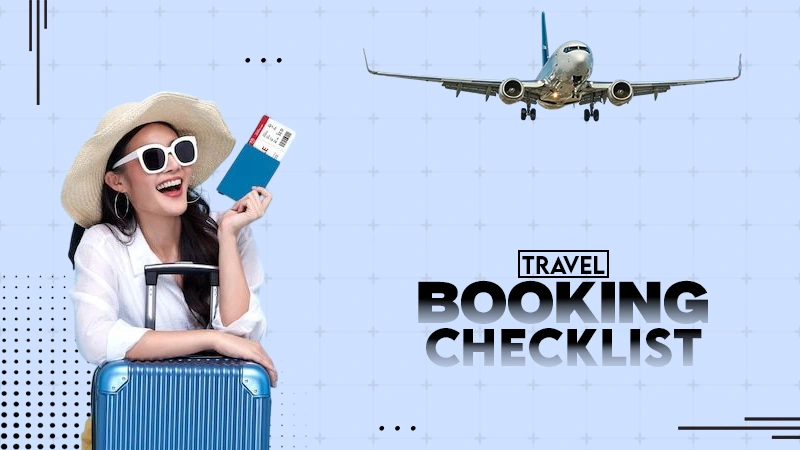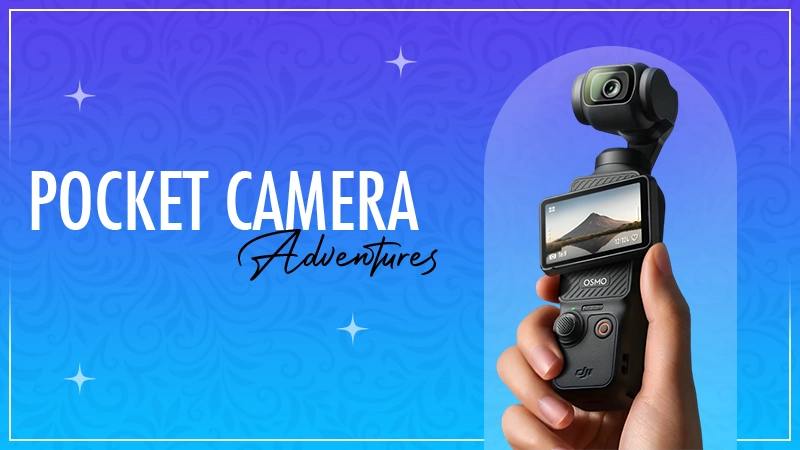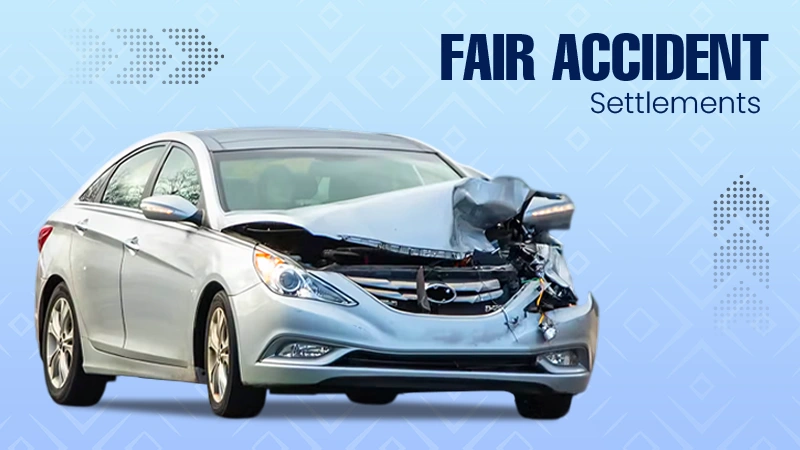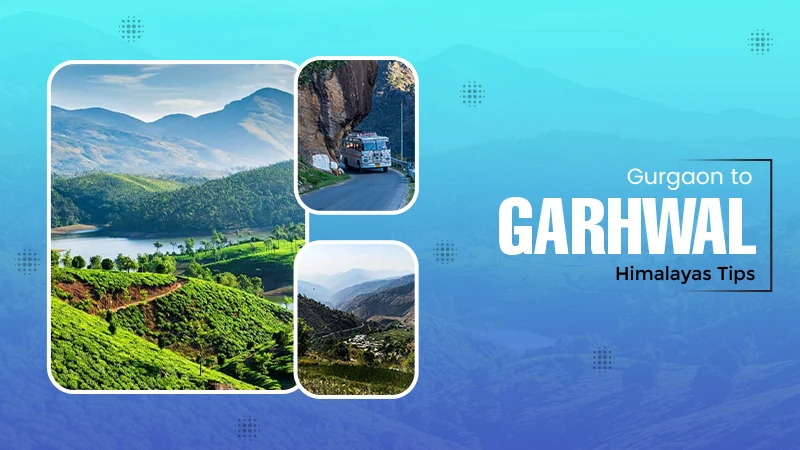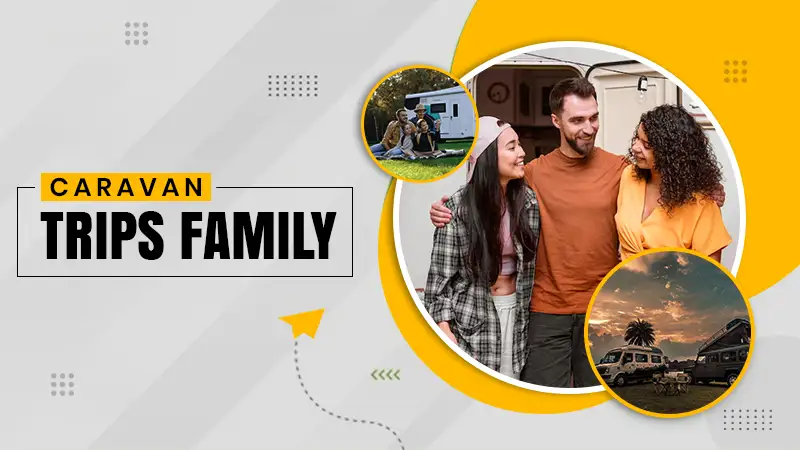
- Check Everything Before You Go
- Pre-Departure Checklist Summary
- Pack Smart, Not Just Heavy
- Master the Art of Hitching Up
- Essential Caravanning Tips for Towing
- Choosing and Booking Your Campsite
- Setting Up Camp Like a Pro
- Living Comfortably in Your Caravan
- On-the-Road Maintenance Basics
- Staying Safe and Secure
- Campsite Etiquette Matters
- Handling Breakdowns Gracefully
- Know the Rules of the Road
- In Summary
Have you ever had visions of yourself in a cozy van, lying down and staring at stars? Well, you’re not the only one, because almost everyone has been there.
This beautiful idea is known as caravanning, where you hit the open roads with a caravan and unlock the beautiful adventurous freedom.
So if you’re fascinated by this idea and want to experience it once. Scroll down till the end and get your hands on some solid caravanning tips that will not only elevate the overall experience but also prepare you for the problems that can come along during the trip.
Check Everything Before You Go
Before you start your journey, it is advised to make a checklist before you go!
By checklist, we mean firstly run a quick check and tick off the essential elements; this will help you remind yourself if you have missed something very important that can create a possible hurdle for you during your trip.
Other than that, perform a quick check of the caravan vehicle as well. Here’s a list of things that you need to check before you start your journey.
- First and foremost, look at your tyres first – check if they are inflated well as recommended by the manufacturers.
- Test all the lights thoroughly, including brake lights, indicators, running lights, and more.
- Pay attention to the tow ball weight, it should be around 7-10% of the caravan’s total loaded weight.
- Also, check the fluid levels in your tow vehicle, including the engine oil, coolant, and brake fluid.
These are some of the elements that you need to check before you set off on your journey, and once you’re done with this, you’re more than ready to go.
But what if, during the thorough inspection, you get to know that your caravan is slightly unfit for the journey?
Well, in that case, get it immediately checked, and if the issue persists, get your hands on a new caravan. You can check out CMG Caravans for versatile options.
Pre-Departure Checklist Summary
To sort down last-minute chaos, here’s a quick pre-departure checklist; make sure these items are on point to avoid any hurdles during the trip!
- Hitch Connection – Secure coupling, safety chains crossed & attached, breakaway cable connected correctly.
- Brakes (Caravan) – Functionality check (if applicable, via brake controller or breakaway test).
- Windows & Roof Vents – Closed and secured.
- Jockey Wheel – Fully retracted and secured before driving.
Pack Smart, Not Just Heavy
If we could pass a single advice to anyone when it comes to travelling in a caravan, it would be to pack as light as you can. Don’t try to pack everything from your home into the vehicle; just take the absolutely necessary elements.
Here’s a list that covers all the necessary elements, give it a quick read:
- Clothes suitable for the weather (layers are often best).
- A basic first aid kit (with all the handy medicines).
- Essential cooking equipment (choose 3-in-1 utensils).
- A cozy sleepy bag (if it’s foldable or shrinkable, then it’s a +1).
- Take storage solutions to save space (packing cubes to organize clothes).
- Use a hanging organizer to save space (helps in reducing clutter).
These tips and tricks will come in handy and help you save space!
Master the Art of Hitching Up
Hitching up a caravan might seem like a simple task, but on the real ground, it isn’t as simple as it seems. So, let’s walk you through the simple steps to hitch up the caravan flawlessly in one go.
- To begin with, start by ensuring the caravan’s handbrake is engaged and the corners steadies are raised.
- Reverse the car towards the caravan, using mirrors and guidance from a spotter if needed.
- Lower the hitch onto the tow ball, ensuring a secure connection with the visual indicator showing green.
- Finally, raise the jockey wheel, secure the breakaway cable, and connect the lights, and you’re almost done by then.
- Perform a final check before releasing the hand brake and begin your journey.
Essential Caravanning Tips for Towing
Now that you’ve mastered the art of hitching up the caravan, it’s the best time for you to know how to tow your caravan and what the essential tips and tricks are that one needs to consider while towing.
- Before towing, make sure the driving license covers the required towing weight and that your tow vehicle is suitable for your carvana.
- Distribute the weight evenly inside your caravan to maintain the balance. Avoid putting all the stuff on the front or the back, as it can affect the stability.
- Before getting started, keep an eye on the weather conditions. Postpone or advance in case of extreme weather conditions, it is strongly recommended to plan your trip weather accordingly.
Choosing and Booking Your Campsite
Moving forward, where to stay and booking the right campsite can shape the whole trip. Some of the key factors that play a significant role in considering the campsite revolve around researching, planning, and making reservations (especially if you have a popular location as your target).
Here are a few things mentioned that one needs to keep in mind while choosing and booking the campsite:
- Start by researching and reviewing different campgrounds and campsites, reading reviews from other campers, and based on that, looking for your desired camping sites.
- Following that, think of what your ideal camping setting is, what you want to experience, like what type of backdrop you want, which amenities you like, and the estimated size of your group. Or any add-on experiences that you want to have.
Setting Up Camp Like a Pro
Sounds very straight, but let me get it straight; it isn’t that straight!
Therefore, here’s a compiled list of things that one needs to consider to set up a camp like an extreme pro:
- When you’re looking for a spot to pitch your tent, try to hunt for a place that is extremely flat and stable. Because it is comparatively easier to set up a camp on a flat spot rather than an inclined one.
- Once you’ve finalized the spot, clean the area and make sure there are no rocks or twigs around. Secure the tent from outside and inside properly.
- Always carry a repellent with you if you’re camping, because you never know when a mouse, cockroach or any other creature will enter the campsite and say hi to you.
- Another handy element is inflatable sleeping pads; lay them inside your tent and inflate them. Keep all the essential items next to your pillow; this trick will keep them safe and also at easy access.
- Lastly, no camping ends without having a bonfire, so make sure to start the bonfire away from the tent area and keep the easily burnable materials away.
Living Comfortably in Your Caravan
If you want to live in your caravan, you’ve to make it feel like your safe space and home! Here is a brief list of tips and tricks that can make your stay comfortable and, at the same time, make it feel like your home.
- Storage solutions: Make sure to use every space effectively, and use foldable kitchen items to maximize the space.
- Multi-Functional Furniture: Consider furniture that can be used for multiple purposes; it’ll save space and can be used for different purposes.
- Comfortable Bedding: Invest in a comfortable mattress and cozy bedding to ensure beautiful sleep.
- Personal Add-ons: Decorate with personal items like Polaroid wall, picture of your loved ones, and more.
On-the-Road Maintenance Basics
Unexpected on-the-road maintenance during long drives is a common phenomenon, but we can minimize it by proper pre-trip planning and preparation.
So, the unexpected on-the-road maintenance goes like:
- If you suddenly experience a flat tyre, safely pull over to the side of the road and evaluate the situation. If it is punctured, use the spare tyre and continue your journey.
- You can come across some overheating issues, so turn off the air conditioning, pull over to a safe location and let the engine cool down.
- Just in case you encounter an extreme mechanical issue, it’s best to seek professional assistance or a roadside service.
Besides this, the pre-trip planning to avoid unexpected mishaps goes like:
- Ensure your caravan or any other vehicle is in good working condition before starting a long drive in it. Start by checking fluids, tire pressure, condition, lights, brakes, and battery functionality.
- Always carry a small toolkit with essential tools such as a tyre iron, jack, jumper cables, torch, a reflective triangle, and some basic supplies.
- Also, check weather forecasts and road closures along your route; consider using navigation apps for traffic and a weather forecast app for the precise climate report.
Staying Safe and Secure
To ensure safety and security at a campsite, it’s crucial to plan and be prepared for the potential problems that can come along during the journey. As the quote says, ‘Prevention is better than cure’ – here is a list of some preventive measures that can help you out in staying safe and secure.
- First and foremost, let a trusted contact know your itinerary, location, and expected return time.
- When you’re looking for places, always avoid areas which are near cliffs, rivers, and more.
- Be a little more aware of dead trees, overhanging branches, and the potential insect nests and especially the poison ivy.
- Store the food in animal-resistant containers or hang it out of reach of animals.
- Lastly, dispose of the trash properly to avoid attracting wild animals towards your food.
Campsite Etiquette Matters
Camping is known to be one of the soulful and peaceful experiences, but not following the basic etiquette and rules can turn it into a horrible experience in just a span of a few incidents.
So, by your end, make sure to never break any unsaid rules; here are a few mentioned; give it a good read!
- Music can make anyone’s day better, but still, many people don’t want to listen to banger songs on repeat while they’re camping. Make sure to carry a set of headphones or a small speaker (with no heavy base).
- Respect the quiet hours and the rules applicable there, embrace the silence aside the chaos.
- Even if you claim your pet to be extremely friendly, it’s never a very good idea to carry your pet with you. Put them on a leash with any trusted known of yours and pick them up after your camping ends.
- Lastly, clean the space before you bid a bye to your campsite. Because who wants to see leftovers left by the camper the next morning?
Handling Breakdowns Gracefully
Handling a breakdown requires a sense of calmness and a stable mind to assess the overall situation. So, adhere to the above-mentioned practices, such as a well-stocked emergency kit – knowing how to use it, be prepared to call or text someone – they should know your whereabouts, and more.
Additionally, regardless of what the breakdown is, prioritizing your safety along with the other campers (if relevant) should be your ultimate goal.
Know the Rules of the Road
If you’re driving a caravan, you should know the basic rules of the road. Some of them are non-negotiable, and you’ve to follow those; otherwise, you can end up in big legal trouble.
The rules go like:
- Speed limits are comparatively lower for towing vehicles and caravans. Make sure to drive under that.
- Be aware of any lane restrictions that might apply to towed vehicles on multi-lane roads.
- Cross-check if your driving license permits you to legally tow a fully loaded caravan.
- Check the official government transport websites beforehand for the areas you plan to travel through.
In Summary
Caravanning is indeed one of the most fulfilling and peaceful experiences; it gives you a chance to embrace the silence aside of all the chaos!
But mastering the art of caravanning requires a lot more than just putting a fully loaded caravan together. Making use of practical solutions like onsite storage containers can help you keep your gear organized and accessible. Utilize the mentioned tips and tricks to become a pro at caravanning and enjoying it to the fullest.
What are the essential checks before setting off on a caravanning trip?
Run a quick check and tick off the essential elements, like a basic first aid kit (with all the handy medicines), essential cooking equipment (choose 3-in-1 utensils), and more.
What are some tips for towing a caravan safely?
The ultimate tip to tow the van is to distribute the weight evenly inside your caravan to maintain the balance.
What are some must-have items for a good camping trip?
Some must-have items include having a basic first aid kit (for some very obvious reasons), a cozy sleepy bag, and more.


